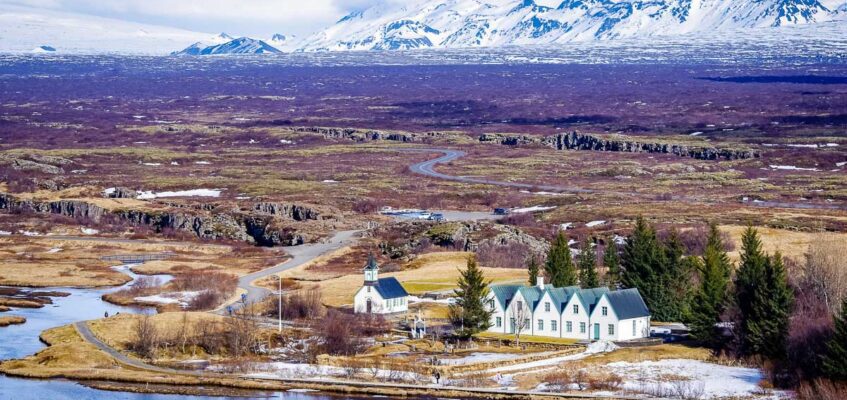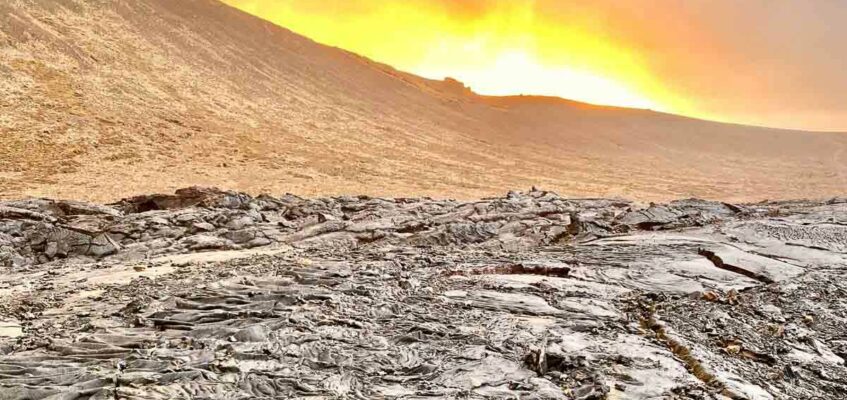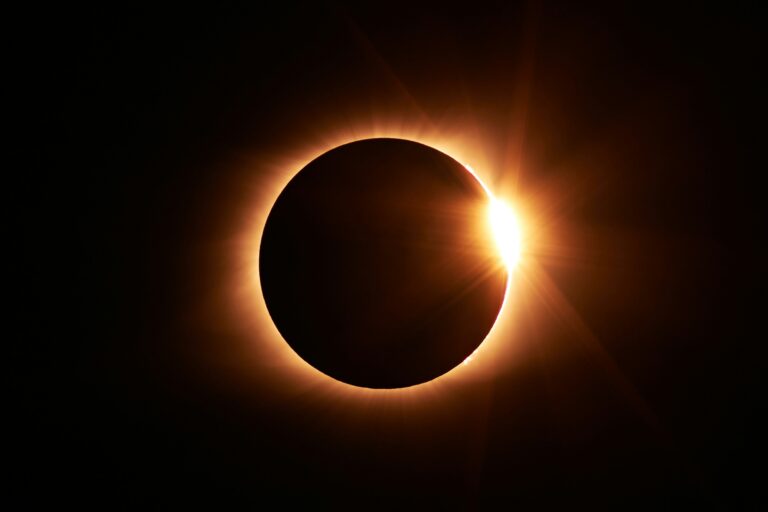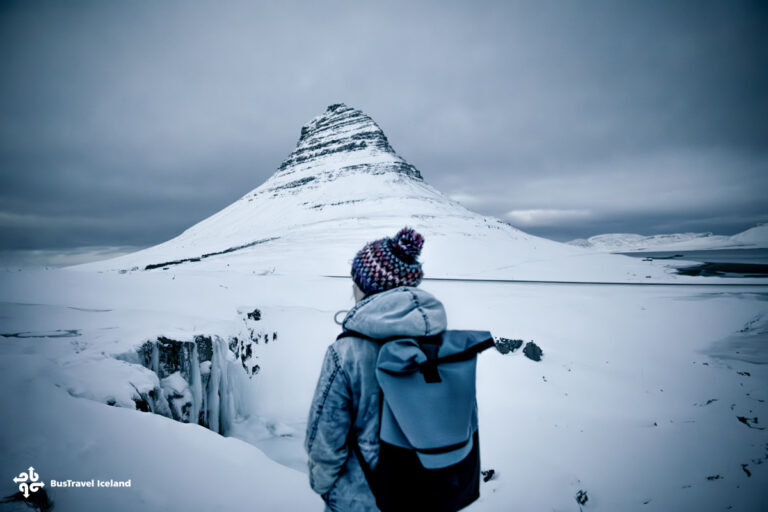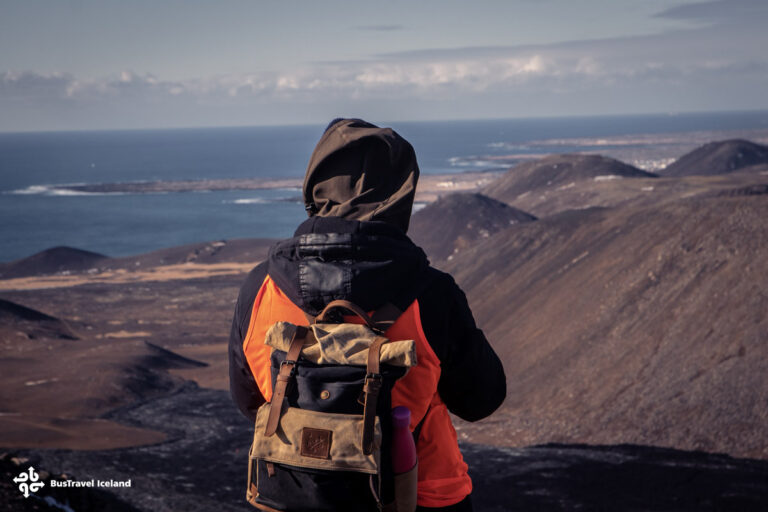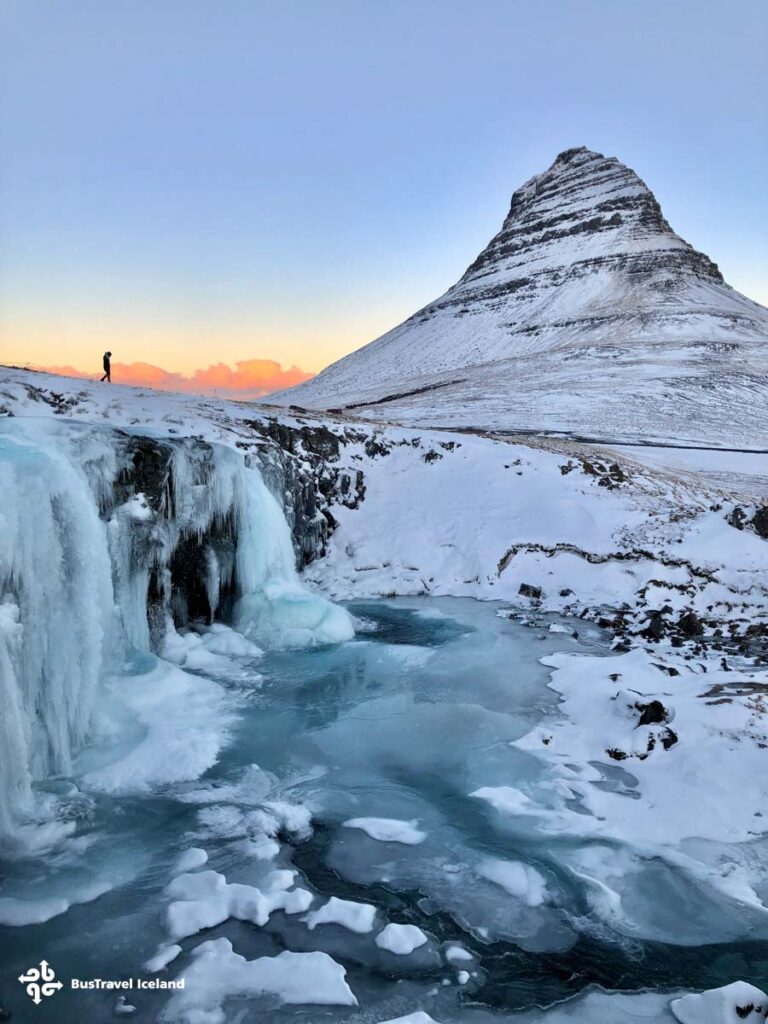Total solar eclipse iceland 2026: everything you need to know
- Good to Know, Reykjanes, West Iceland, Westfjords
- 18 Jul 2025
If you are planning to witness 2026 solar eclipse in Iceland, we’ve got you covered. Learn about how eclipses work, what to expect, the best locations to watch, safety, and more. Iceland is a special place for watching a solar eclipse, because here you can see the skies go dark over volcanoes, glaciers, black sands, and waterfalls. And if we are extremely lucky, we might catch a glimpse of Aurora.
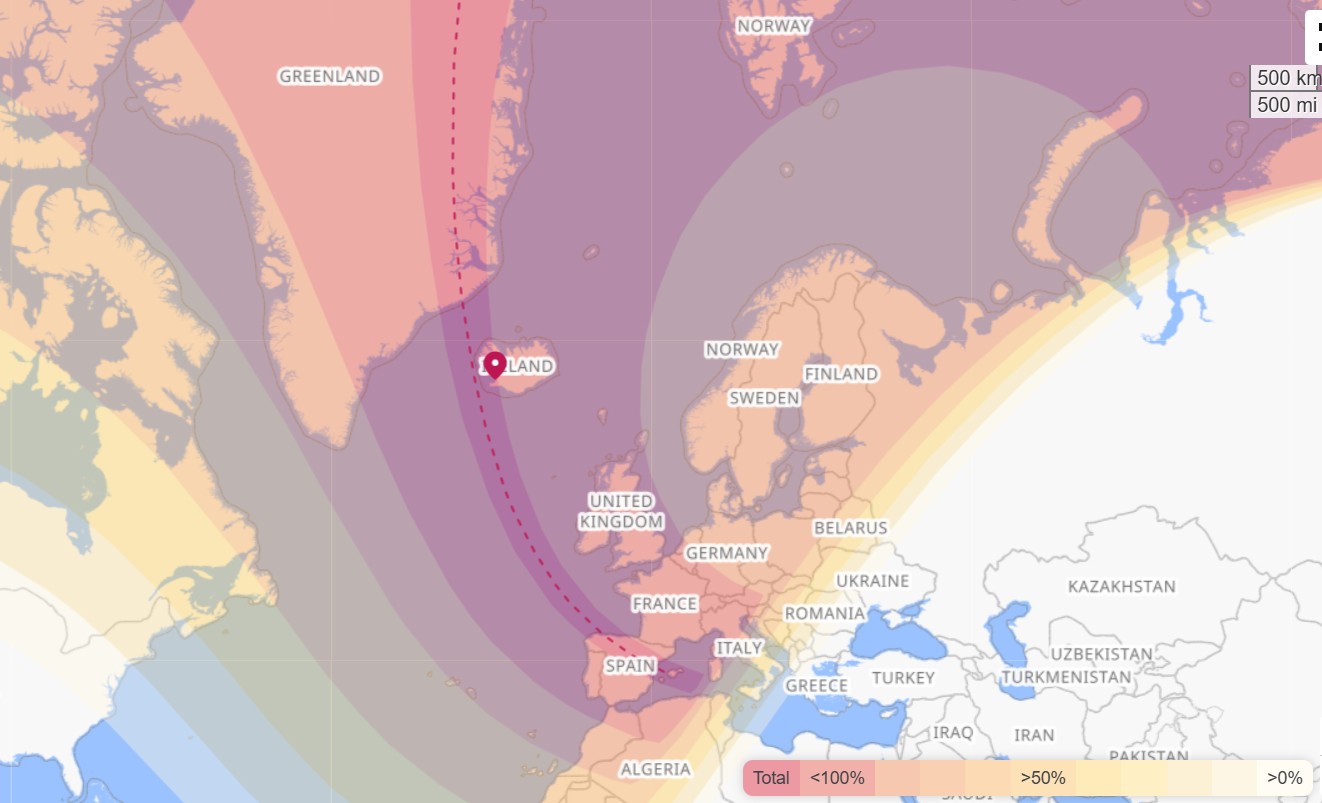
What is a total solar eclipse?
A total solar eclipse occurs when the Moon passes directly between Earth and the Sun, completely covering the Sun’s disk and casting a shadow on Earth. This alignment causes day to briefly turn into night along a narrow path called the path of totality, where the Sun’s corona – its outer atmosphere – becomes visible.
Total solar eclipses are rare for any given location because the Moon’s shadow only covers a small portion of the Earth’s surface. Globally, they happen approximately every 18 months, but it can take hundreds of years for one to recur at the same spot.
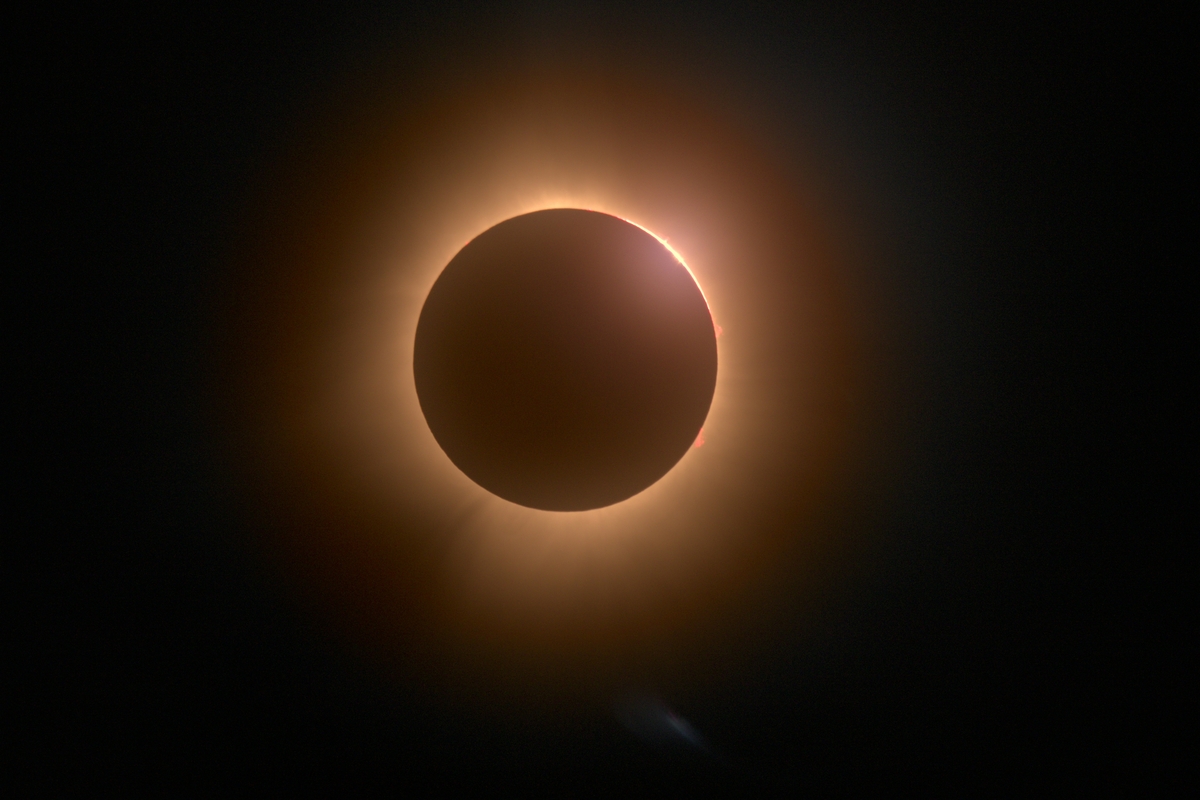
Iceland eclipse 2026: what to expect?
For the first time since 1954, a total solar eclipse will be visible in the skies of Iceland on August 12, 2026. Even more historic, Reykjavík will witness totality for the first time since 1433. This rare celestial event is expected to draw eclipse chasers, photographers, and curious travelers from around the world – and Iceland offers some of the most breathtaking viewing spots on Earth to experience it.
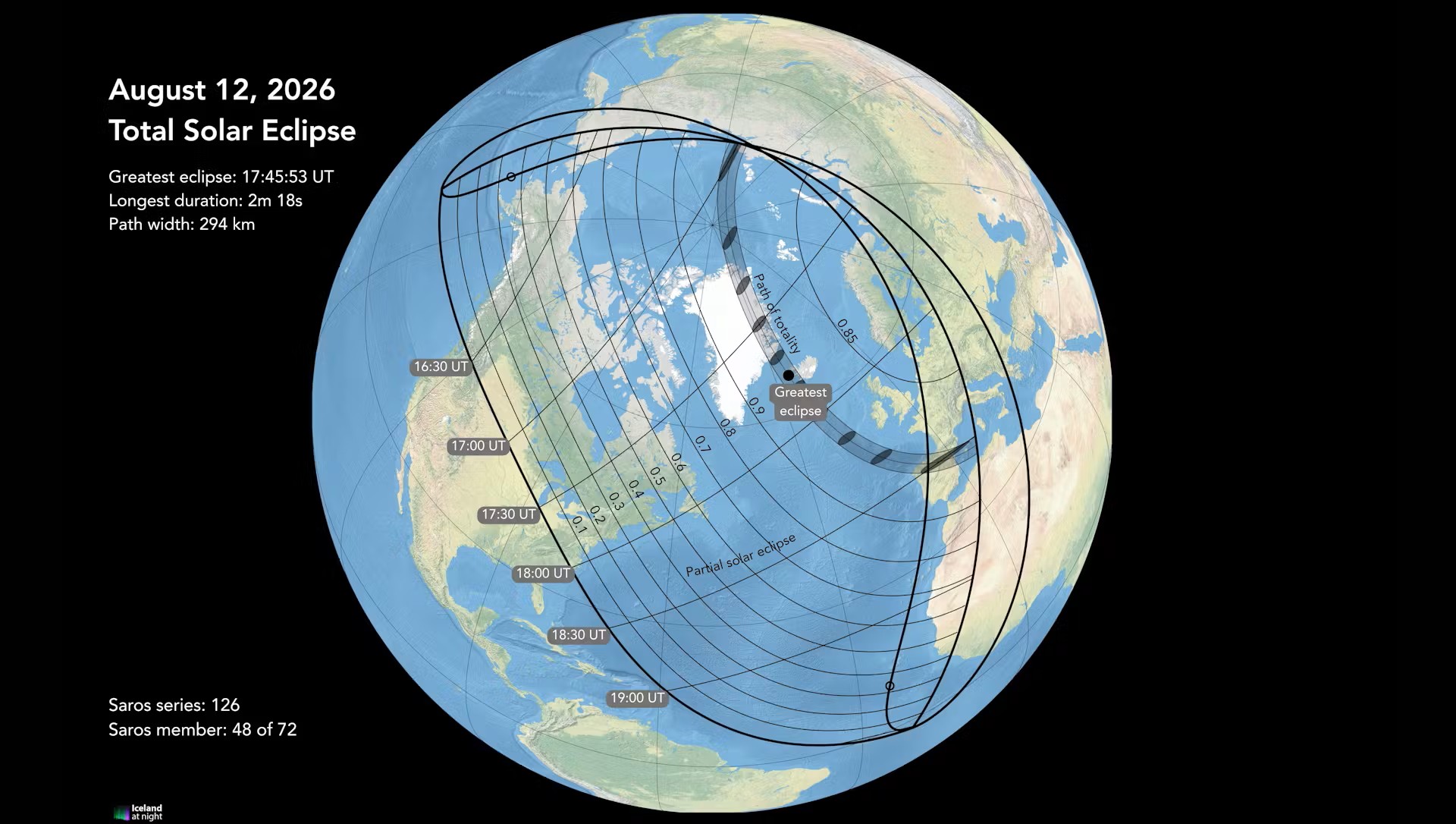
Where to Watch the Solar Eclipse in Iceland
The path of totality passes through the western part of Iceland, including the Westfjords, Snæfellsnes peninsula, Reykjavík, and Reykjanes peninsula. It will also be visible in parts of Greenland, northern Spain, and Portugal.
Here’s a breakdown of the best viewing locations in Iceland.
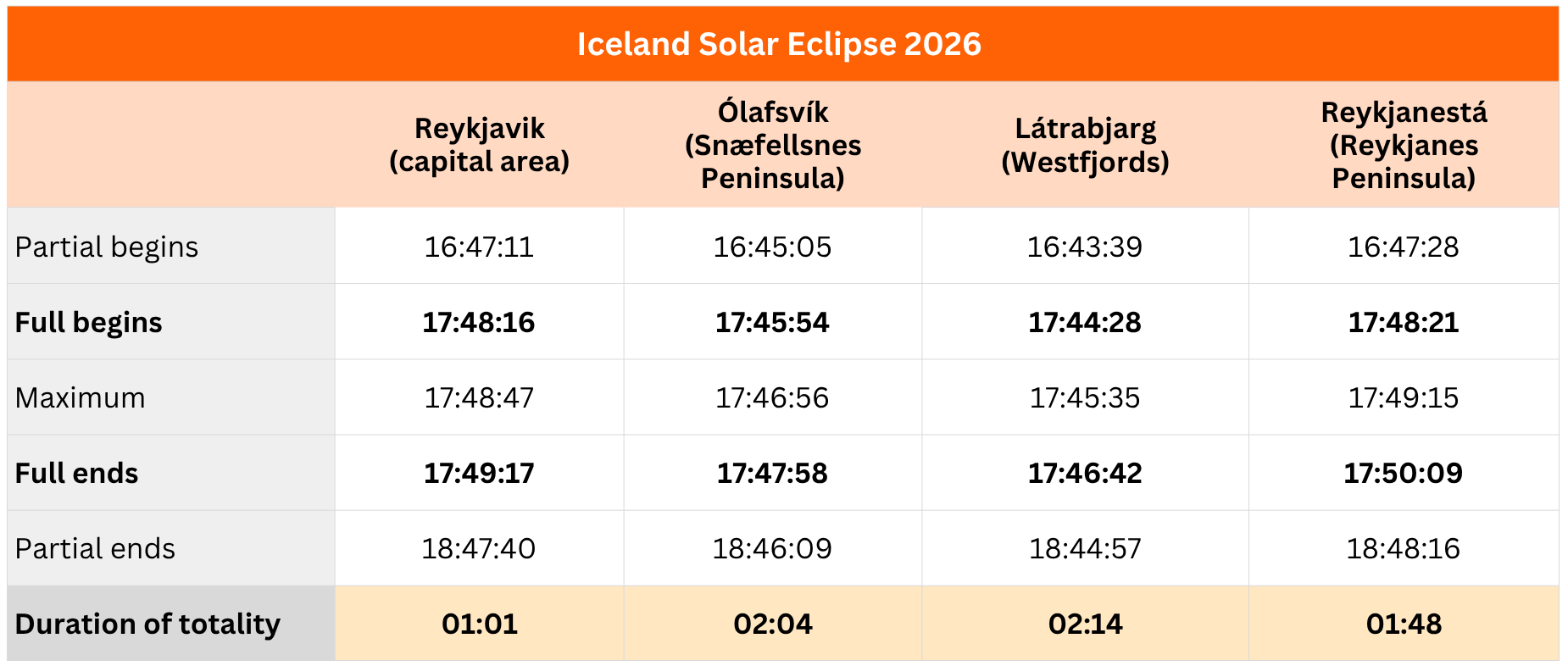
1. Westfjords
Total solar eclipse 2026 first touches Iceland at Straumnes Lighthouse in Hornstrandir at 17:43 UTC, where totality will last 1 minute and 26 seconds. The nearby cliffs at Látrabjarg offer the longest duration on land – 2 minutes and 13 seconds – while Ísafjörður, the region’s largest town, enjoys totality for just over 1 minute and 30 seconds.
This rugged region, with its glacial valleys and towering cliffs, provides dramatic backdrops. Just be mindful of landscape shadows – deep fjords and mountains may obscure the Sun at eclipse time.
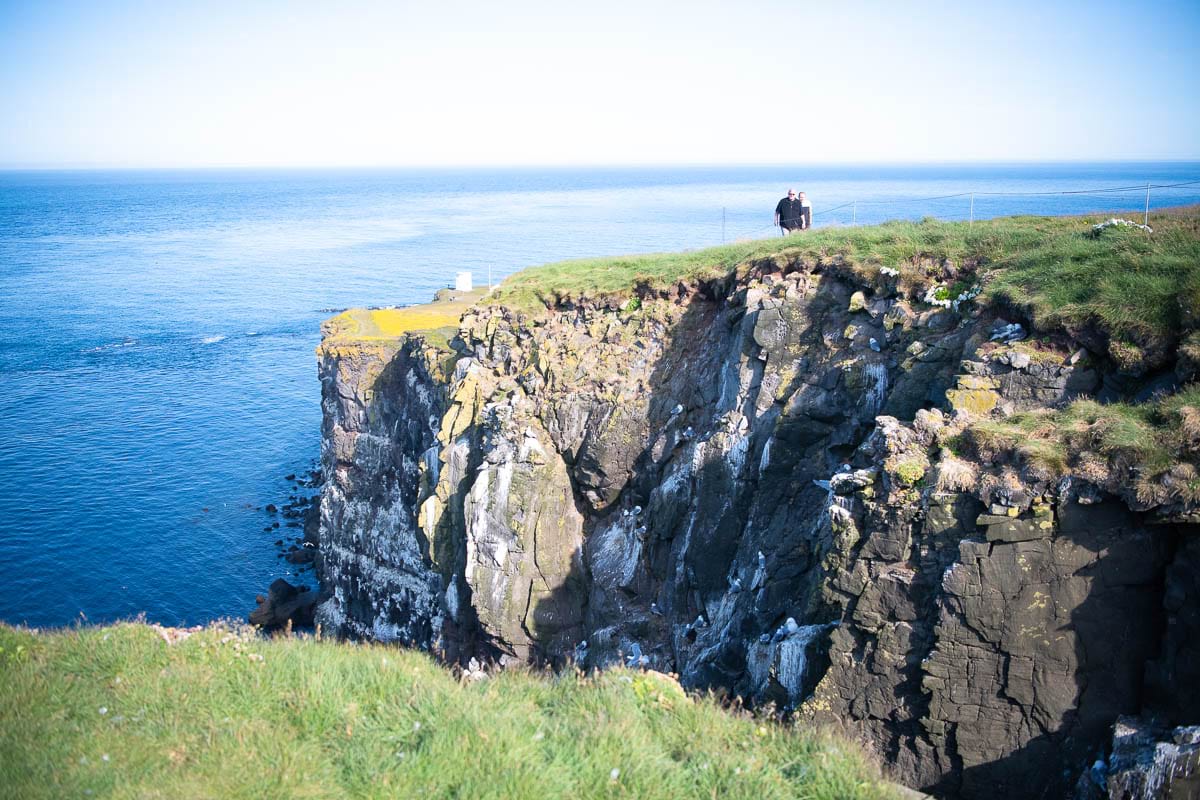
2. Snæfellsnes Peninsula
By 17:45 UTC, the eclipse shadow reaches Snæfellsnes, where towns like Hellissandur and Ólafsvík will enjoy over 2 minutes of totality. Svöðufoss waterfall, with its basalt cliffs, and the iconic Kirkjufell mountain near Grundarfjörður are picturesque locations to view the eclipse. The southern coast, with villages like Arnarstapi and Búðir, offers wide, unobstructed views with Snæfellsjökull glacier in the foreground.
Just around a 2.5-hour drive from Reykjavík, Snæfellsnes combines natural beauty and convenience. It’s a perfect choice for a day tour from Reykjavik, compared to Westfjörds that take twice the time to reach.
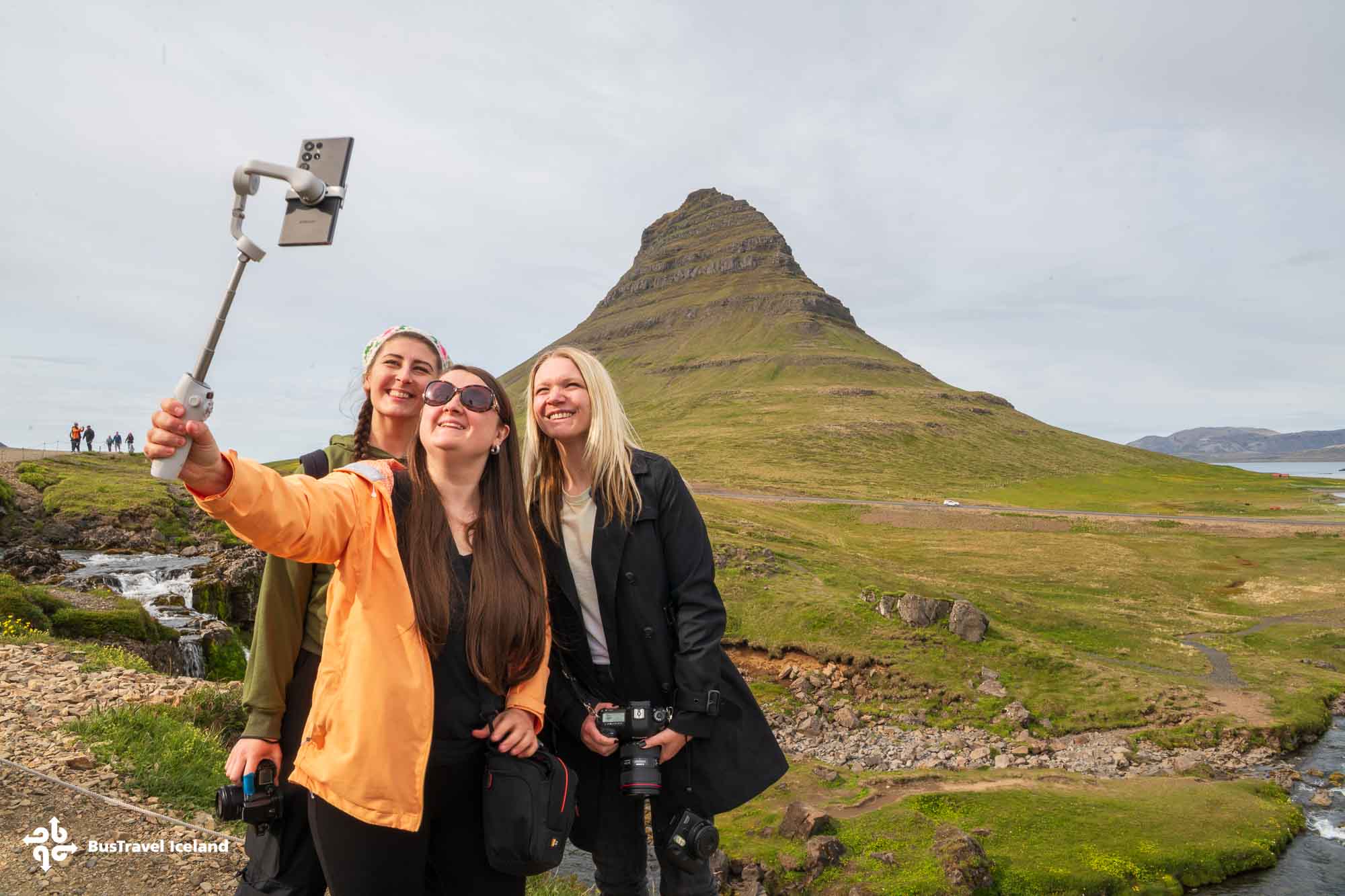
3. Reykjanes Peninsula
This area offers some of the most unique settings to watch Iceland solar eclipse 2026 – including the possibility of seeing a volcano erupting. Don’t worry – it’s safe, even during volcanic activity, as long as you keep a distance. The Blue Lagoon geothermal spa, for instance, offers a surreal experience of watching totality from warm, mineral-rich waters (1m 36s of totality). Reykjanestá Lighthouse – at the tip of the peninsula – is the last place on land to see the eclipse, and clocks 1m 47s.
Reykjanes is a great option to catch the eclipse short after your arrival in Iceland or right before departure.

4. Reykjavík and Surrounding Areas
The capital area of Iceland falls just inside the path of totality. Starting at 17:48 UTC, Reykjavík will witness approximately 1 minute of totality. Nearby towns such as Akranes and Borgarnes also lie within the totality zone.
Locations like Grótta in the western part of the city boast slightly longer durations. Additionally, Grótta lighthouse and the beach offer beautiful scenery and open area, without danger of mountains or constructions blocking the view.
In central Reykjavík, be sure to scout your location in advance to avoid tall buildings that might block the Sun, which will be about 24.5 degrees above the western horizon.

What About the Rest of Iceland?
Even if you’re outside the path of totality, nearly the entire country will experience a deep partial eclipse. From the eastern town of Seyðisfjörður (95%) to Akureyri in the north (almost 98%), the event will still transform the landscape with eerie, silvery light and sharply defined shadows.
If you’re staying elsewhere in Iceland, totality is never more than a few hours’ drive away. For example, it takes about 4 hours from Akureyri, and around 2.5 hours from Vík to reach totality.
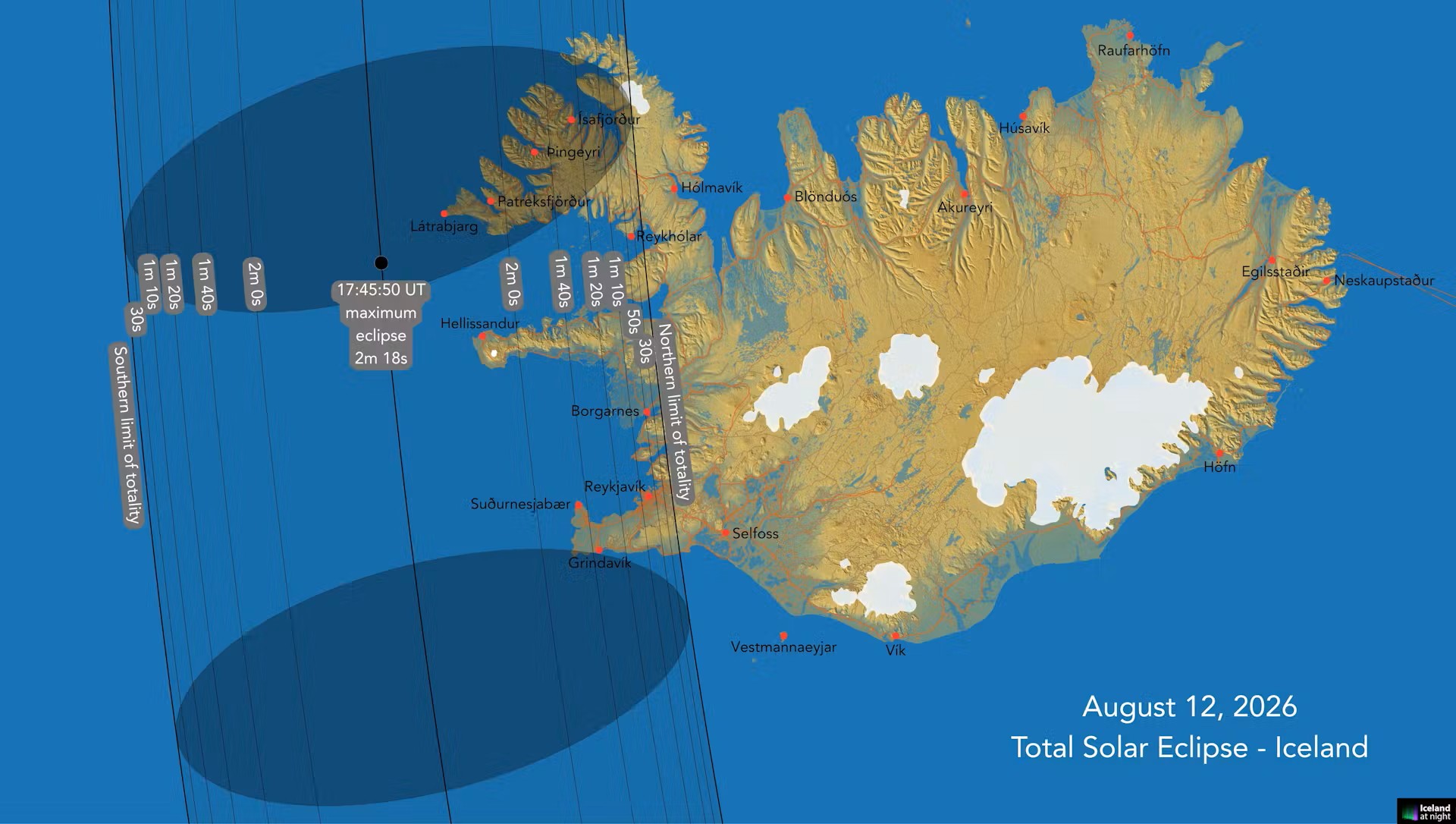
Planning Tips for solar eclipse 2026
1. Book Early: Accommodations within the path of totality will fill up quickly. If you can’t book directly inside the path, staying nearby and driving to a viewing spot the morning of the eclipse is a great alternative.
2. Watch the Weather: Iceland is known for its fast-changing weather. Use forecasts from the Icelandic Met Office or Iceland At Night to find clear skies. Flexibility is key!
3. Check the traffic situation: There will be many enthusiasts like you travelling around Iceland in search of the best spot. Keep in mind that most of the roads in Iceland are just 1+1 lane wide. Parking near locations promising a great view can also be challenging, so try to arrive timely to secure the spot.
Alternatively, join a guided tour, unless you are planning to watch near your accommodation.
4. Safety First: Solar eclipse glasses or filters are required at all times except during the brief totality. Only when the Sun is fully covered can you look without protection. Never use regular sunglasses or unfiltered telescopes/binoculars, as it may cause severe eye damage.
5. Photographing the Eclipse: Use solar filters on your gear during partial phases. During totality, you can remove filters to capture the corona and surrounding planets.
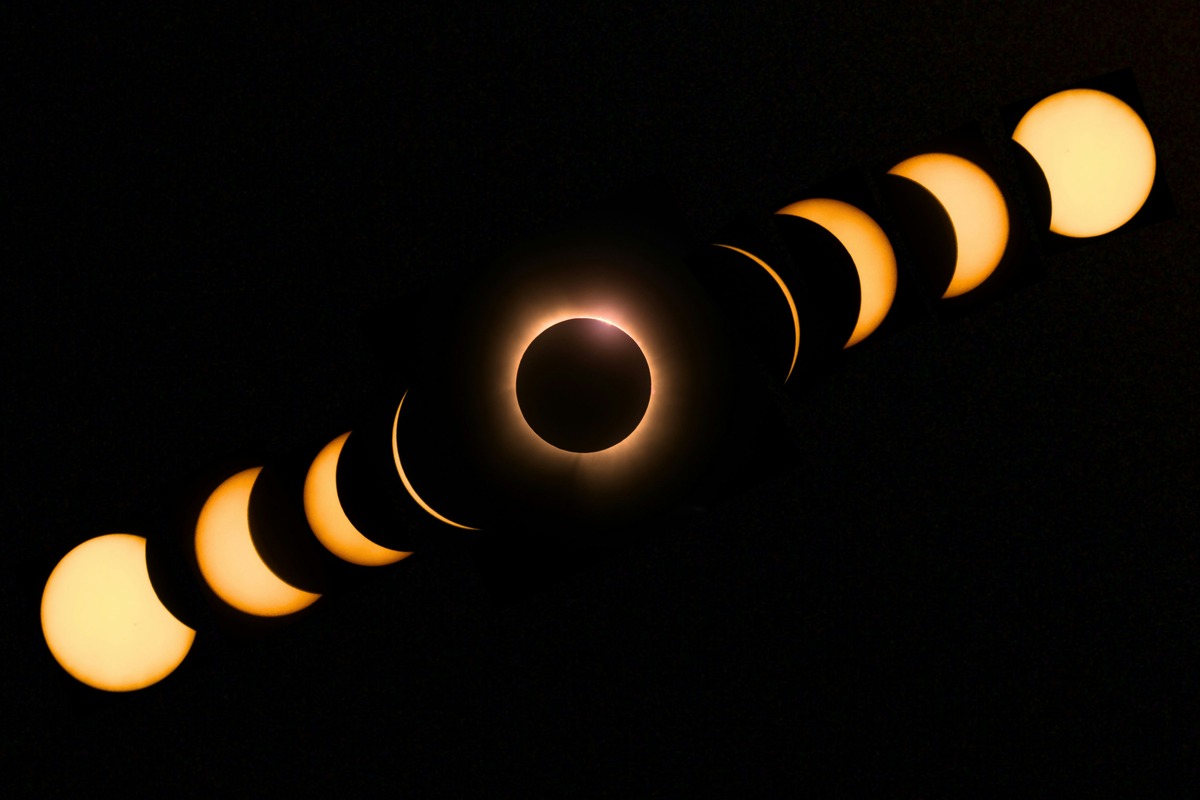
What You’ll See (Besides the Eclipse)
During totality, the sky will darken like twilight. Venus, Jupiter, Mercury, and Mars may become visible, along with bright stars like Regulus in Leo. The surrounding landscape will momentarily glow under the dim eclipse light, creating a surreal atmosphere.
Although it’s unlikely you’ll see the Northern Lights during the eclipse itself (but possible!), mid-August marks the beginning of aurora season. Extend your stay and take a chance hunting northern lights to catch both of nature’s most magical light shows.
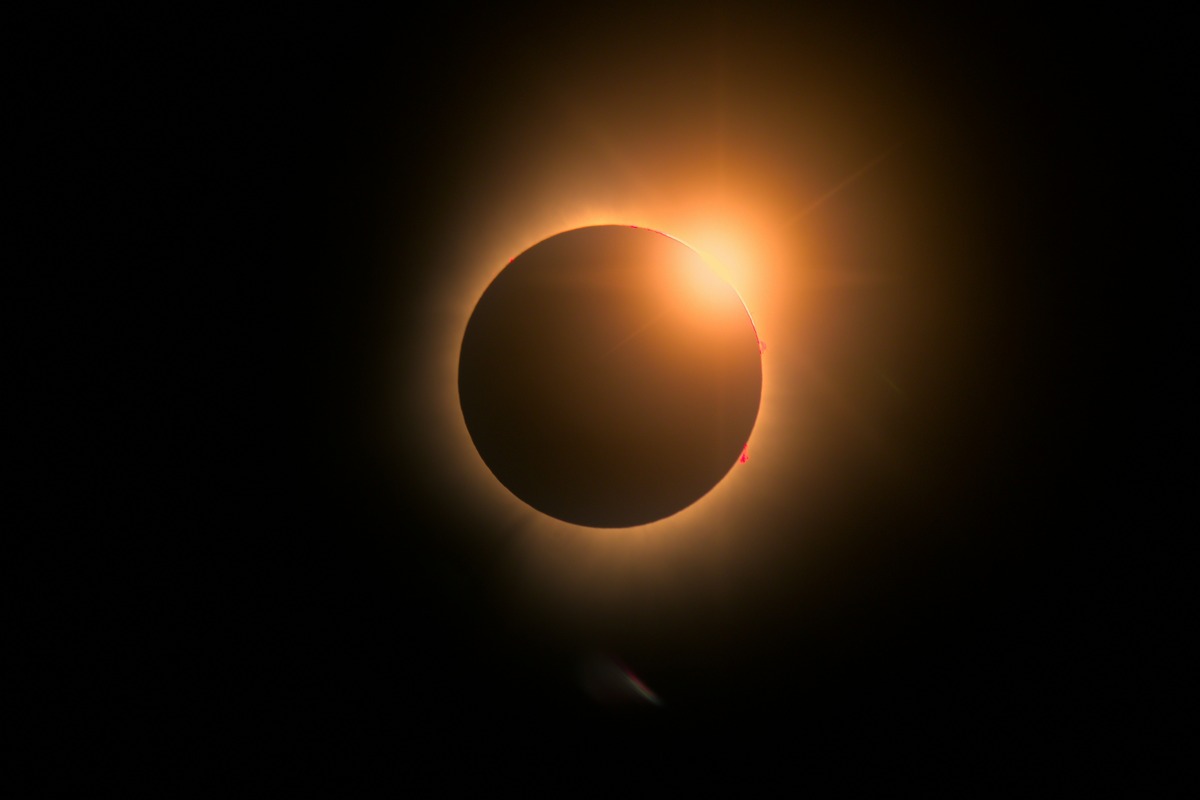
Join our Solar Eclipse Day Tour
BusTravel Iceland will operate a one-day-only, flexible eclipse tour from Reykjavík, designed to follow the clearest skies while showcasing the region’s stunning natural landmarks, such as Mt. Kirkjufell, Arnarstapi, Djúpalónnsandur Black Sand Beach, and Saxhóll Crater. Though the itinerary may adapt to weather conditions, the eclipse remains the central focus of the journey.
If you are staying in Reykjavík and want to increase your chances of seeing the eclipse for a longer period of time without renting a car, that’s a perfect choice. Solar eclipse glasses are included in the tour, so you don’t have to worry about that.
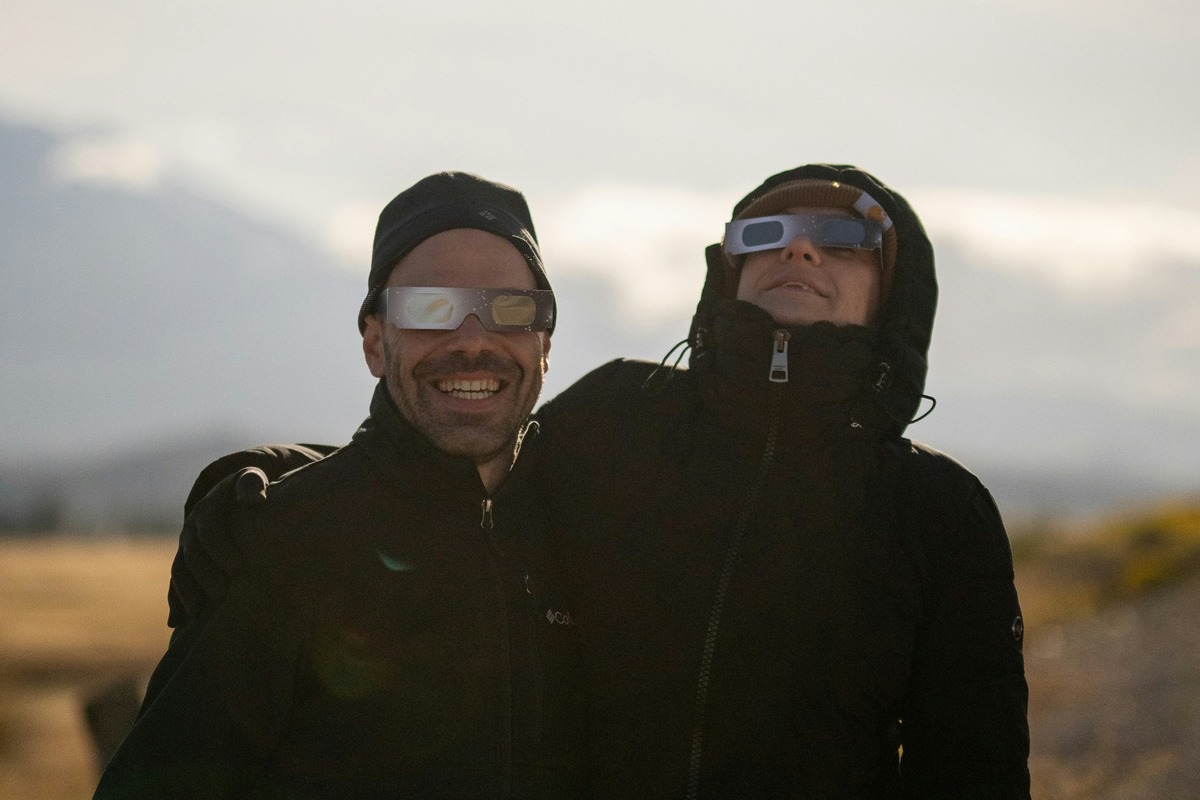
What if I can’t see the eclipse
Iceland’s weather is famously unpredictable, and despite every effort to find clear skies, there’s always a chance that cloud cover could obscure the view of the eclipse across the entire island. But even if the sun itself isn’t visible, the sudden, eerie shift to darkness in the daytime is still a powerful and unforgettable experience – one that captures the mystery of a total solar eclipse in its own right.
And of course, beyond the eclipse, Iceland offers an abundance of natural wonders to explore, from waterfalls and glaciers to volcanic landscapes and geothermal springs, ensuring that your journey will be extraordinary no matter what the skies decide.
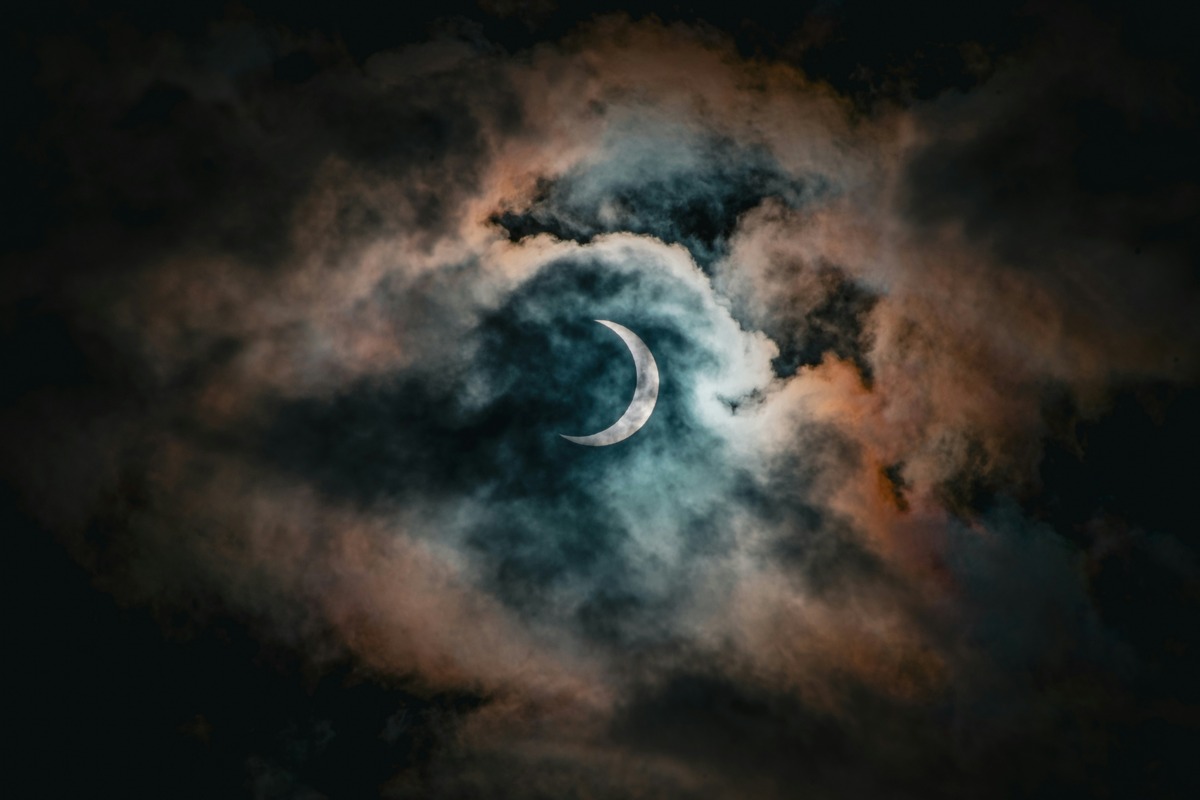
Why solar eclipse in Iceland 2026 Is Special
This eclipse is the only one visible from Iceland in the 21st century. Reykjavík won’t see another total solar eclipse until 2245. That makes August 12, 2026 a once-in-a-lifetime opportunity for many. If you’re ever going to plan a trip around an eclipse – this is the one.
A total solar eclipse is more than just an astronomical event – it’s a profoundly moving experience. Add Iceland’s natural wonders to the mix, and you have the recipe for an unforgettable journey. Whether you’re soaking in a geothermal lagoon or standing on a remote cliff edge, solar eclipse Iceland 2026 promises to be spectacular.
See you in the shadow.

